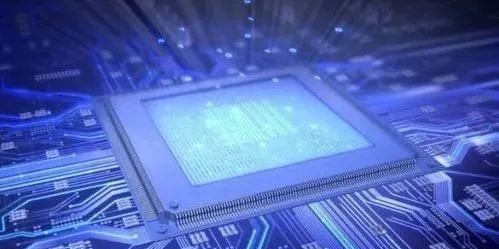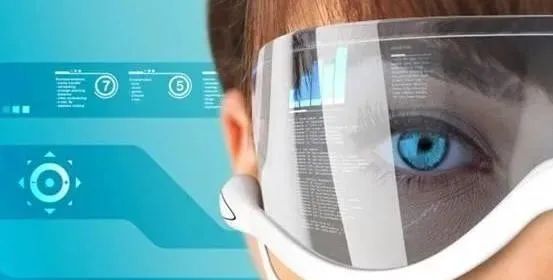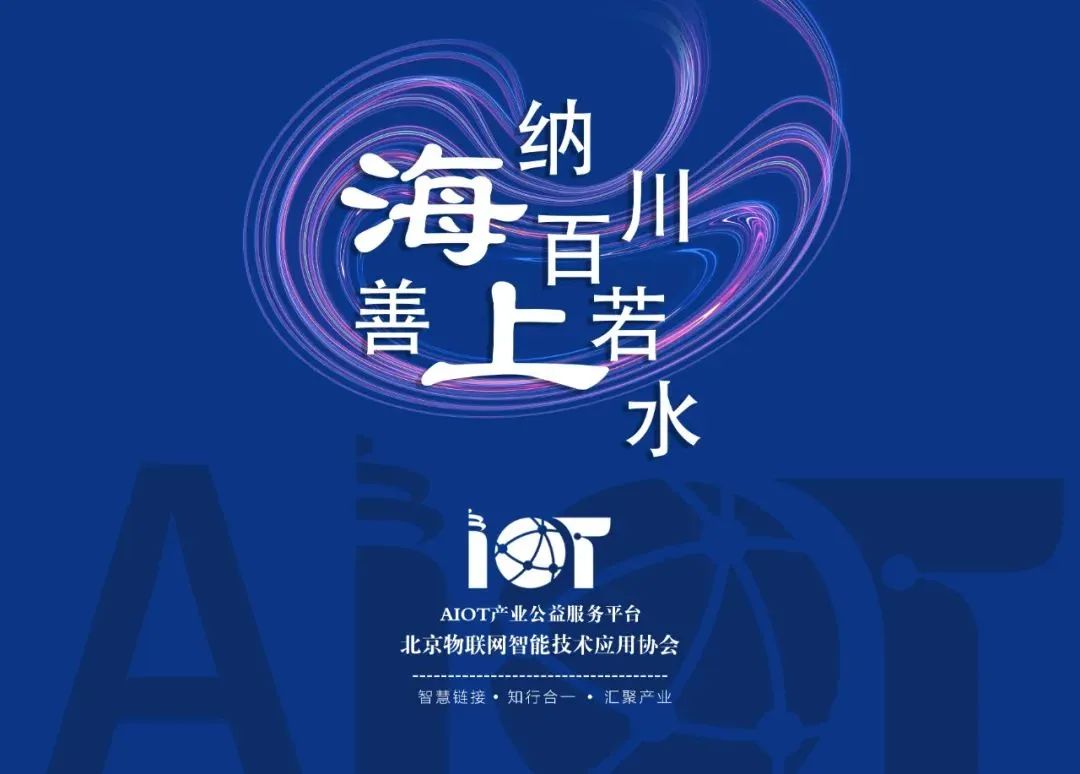With the rapid development of sensor technology and its related fields—including data storage, energy storage, the application of advanced new materials, and the continuous improvement of network infrastructure, coupled with the ongoing reduction in production costs, the application fields of sensors are expanding at an unprecedented speed, becoming increasingly rich and diverse.

The advancement of sensor technology profoundly affects our daily lives, leading to changes in lifestyles, while also prompting sensors themselves to continuously face new challenges and meet new development demands. Looking to the future, sensors will move towards greater miniaturization, cost-effectiveness, precision, flexibility, energy efficiency, and environmental friendliness.
The five major trends in future sensors can be summarized as follows:
1. Miniaturization and Nanotechnology
Trend Description:With the continuous advancement of micro-electromechanical systems (MEMS) and nanotechnology, sensors are developing towards miniaturization and nanotechnology. Miniature sensors utilize micro-machining technology to package micron-level sensitive elements, signal processors, and data processing devices onto a single chip, offering advantages such as small size, low cost, and ease of integration. Nanosenors take this even further, with smaller sizes that can be applied in a wider range of fields.

Impact:Miniaturization and nanotechnology enable sensors to be more flexibly embedded in various devices, enhancing the intelligence level of devices while reducing overall costs.
2. Intelligence
Trend Description:Sensors are gradually becoming more intelligent, executing some simple decisions and calculations through internal processing units, reducing dependence on external computing resources. Intelligent sensors can automatically calibrate, select ranges, and compensate, improving measurement accuracy and reliability.
Impact:Intelligence allows sensors to not only collect data but also process and analyze it, providing stronger support for intelligent control of devices.
3. Wireless and Networking
Trend Description:With advancements in wireless communication technology, wireless sensor networks have developed widely. Wireless sensors can monitor and collect various environmental or monitoring object information in real-time and transmit this information wirelessly to data centers for processing and analysis.

Impact:Wireless and networking make sensor deployment more flexible, reduce wiring costs, and improve the real-time and reliability of data transmission. This is significant for fields such as environmental monitoring, smart homes, and intelligent transportation.
4. Integration and Multifunctionality
Trend Description:Sensors are no longer limited to a single function but are developing towards integration and multifunctionality. By integrating multiple sensing elements and processing units, sensors can measure multiple physical quantities simultaneously or achieve more precise measurement and control through combinations with other sensors.
Impact:Integration and multifunctionality enhance the performance and efficiency of sensors, enabling devices to perceive the environment more comprehensively and providing more possibilities for intelligent control of devices.
5. Flexibility and Wearability
Trend Description:Flexible sensors are an important direction for the future development of sensors. Flexible sensors can be as thin as a hair, elastic, do not require a power source, and can measure temperature, pressure, tension, stress, etc., without contact. These flexible sensors can be widely applied in medical health, smart wearables, and human-computer interaction.

Impact:Flexibility and wearability allow sensors to closely integrate with the human body or other objects, providing more innovative possibilities for health monitoring, exercise tracking, and human-computer interaction.
The future development of sensors will present five major trends: miniaturization and nanotechnology, intelligence, wireless and networking, integration and multifunctionality, and flexibility and wearability. These trends will drive continuous innovation and progress in sensor technology, providing more advanced and reliable sensor solutions for various fields.
Source: Sensor Expert Network

Disclaimer:
This article is an observation or commentary published by a third-party self-media author. All text and images are copyrighted by the author and only represent the author’s personal views, and are unrelated to Beijing Internet of Things Intelligent Technology Application Association. The article is for reference only, and please verify the relevant content yourself.

